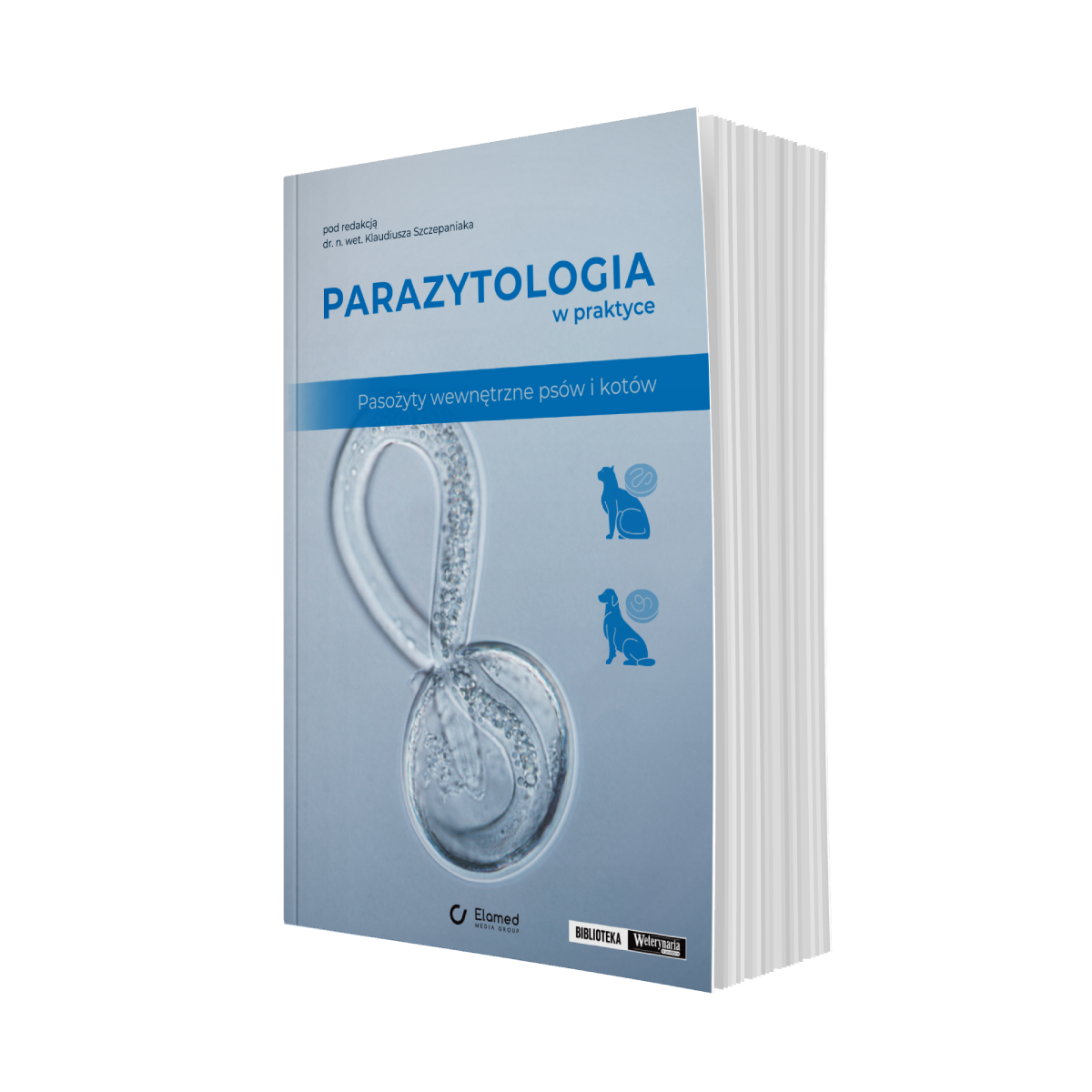art. sponsorowany
Chiara Noli*
Znaczenie diety opartej na hydrolizowanych rybach oraz skrobi ryżowej w diagnostyce alergii pokarmowych u kotów
Piśmiennictwo
- Bizikova P., Olivry T.: A randomized, double-blinded crossover trial testing the benefit of two hy-drolysed poultry-based commercial diets for dogs with spontaneous pruritic chicken allergy. „Vet Dermatol”, 2016, 27, 289-e70.
- Hobi S., Linek M., Marignac G. et al.: Clinical characteristics and causes of pruritus in cats: a multicentre study on feline hypersensitivity-associated dermatoses. „Vet Dermatol”, 2011, 22, 406-13.
- Matricoti I., Noli C.: An open label clinical trial to evaluate the utility of a hydrolysed fish and rice starch elimination diet for the diagnosis of adverse food reactions in dogs. „Vet Dermatol”, 2018, 29, 408-e134.
- Noli C., Borio S., Varina A., Schievano C.: Development and validation of a questionnaire to evaluate the Quality of Life of cats with skin disease and their owners, and its use in 185 cats with skin disease. „Vet Dermatol”, 2016, 27, 247-e58.
- Noli C., Della Valle M.F., Miolo A., Medori C., Schievano C.: Skinalia Clinical Research Group.Effect of dietary supplementation with ultramicronized palmitoylethanolamide in maintaining remission in cats with nonflea hypersensitivity dermatitis: a double-blind, multicentre, randomized, placebo-controlled study. „Vet Dermatol”, 2019, 30, 387-e117.
- Olivry T., Mueller R.S., Prélaud P.: Critically appraised topic on adverse food reactions of companion animals (1): duration of elimination diets. „BMC Vet Res”, 2015, 11, 225.
- Olivry T., Mueller R.S.: Critically appraised topic on adverse food reactions of companion animals (3): prevalence of cutaneous adverse food reactions in dogs and cats. „BMC Vet Res”, 2017, 13, 51.
- Olivry T., Bexley J., Mougeot I.: Extensive protein hydrolyzation is indispensable to prevent IgE-mediated poultry allergen recognition in dogs and cats. „BMC Vet Res”, 2017, 13, 251.
- Olivry T., Mueller R.S.: Critically appraised topic on adverse food reactions of companion animals (5): discrepancies between ingredients and labeling in commercial pet foods. „BMC Vet Res”, 2018, 14, 25.
- Olivry T., Bizikova P.: A systematic review of the evidence of reduced allergenicity and clinical benefit of food hydrolysates in dogs with cutaneous adverse food reactions. „Vet Dermatol”, 2010, 21, 32-41.
- Ricci R., Hammerberg B., Paps J. et al.: A comparison of the clinical manifestations of feeding whole and hydrolysed chicken to dogs with hypersensitivity to the native protein. „Vet Dermatol”, 2010, 21, 358-366.
- Steffan J., Olivry T., Forster SL. et al.: Responsiveness and validity of the SCORFAD, an extent and severity scale for feline hypersensitivity dermatitis. „Vet Dermatol”, 2012, 23, 410-418.






















